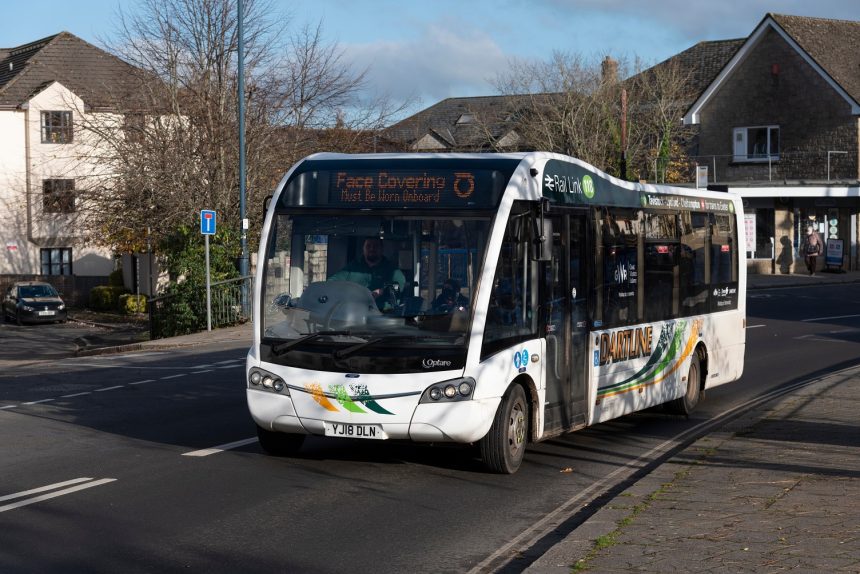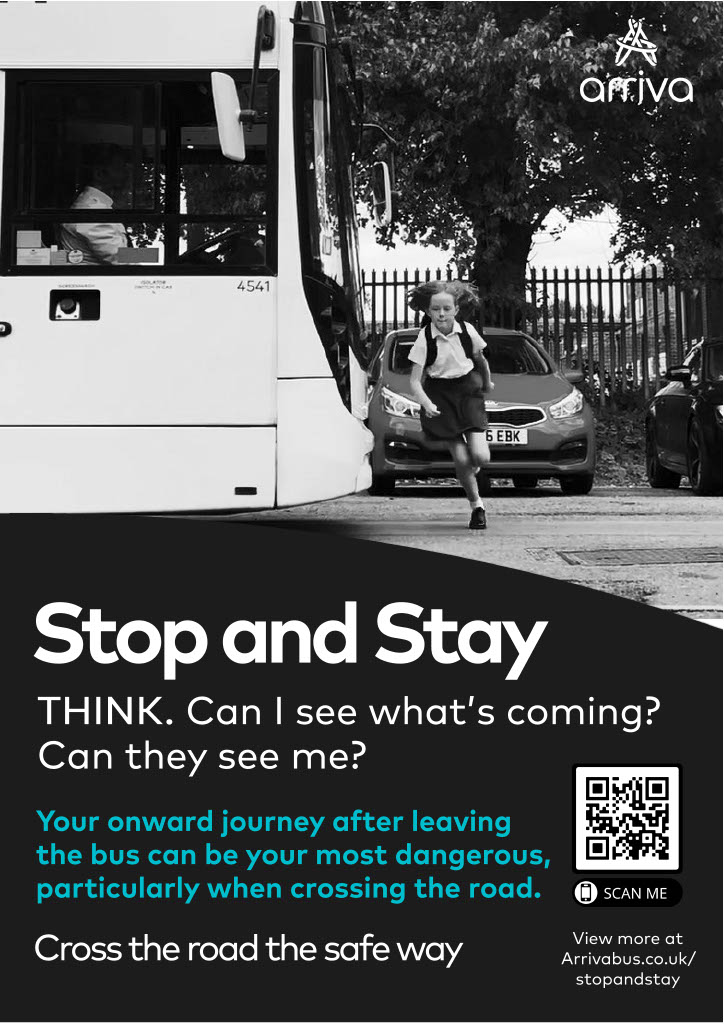The Department for Transport (DfT) has clarified how local authorities (LAs) in England will be eligible for the Zero Emission Bus Regional Areas round 2 (ZEBRA 2) funding that is to be prioritised for rural areas.
Of the £129 million total pot, the first £25 million falls into that category. A further £25 million may be allocated to rural areas if sufficient bids are received. Eligibility is built around the Rural Urban Classification tables for LAs. They classify LA districts on a six-point scale based on the share of population in rural areas, according to a guide published by DfT.
To be eligible for the initial £25 million, a unitary authority must be classified as mainly rural, largely rural, or urban with significant rural. An upper tier authority or a combined authority (CA) must have at least one LA district or CA member that meet the same qualifiers. On a joint application for rural ZEBRA 2 funding, all LAs involved must meet the stated criteria.
In addition, LAs will need to demonstrate that the bus services to benefit predominantly serve rural areas. Should a proposal be deemed non-compliant by DfT, it will be considered in the later stages of ZEBRA 2 outside the scope of rural prioritisation.
The application form for ZEBRA 2 allows no more than 300 words for LAs to demonstrate that they meet the stated rural classification bounds, when applicable.
A letter of support for any ZEBRA 2 bid is required from a senior representative of each bus operator involved, and those organisations must commit to operating any resulting vehicles in the area(s) concerned for at least five years.
When bidding for ZEBRA 2 money, LAs must provide quotes from two vehicle suppliers and two infrastructure providers, as necessary. The guide confirms that no weighting is in place based on whether those companies are UK-based. Zemo Partnership has estimated that ZEBRA 2 could part-fund 600 zero-emission buses.
























